How to stay cool on a motorcycle
Published on: 20 July 2022
As motorcyclists, especially here in the UK, we expend a lot of time, effort and money on trying to find ways to stay warm and dry when we are are out on our bikes. And that’s understandable. The weather in this country can be miserable, and there’s nothing worse than riding a motorcycle when you’re soaking wet and shivering from the cold.
And the two are connected, of course. Riding in the extreme cold is rarely anybody’s idea of fun, but with the right gear it can be bearable. But when you get wet you lose body heat thirty time faster than you do when you’re dry. So when we are both cold and wet, hypothermia is only ever a short distance down the road. Which is why many of us go to great lengths to find gear that will insulate us from such conditions. Laminated membranes. Drop-liner membranes. Merino base laters. Down-filled mid layers. Heated gear. And so on. As a result, this is the kind of clothing that many of us end up having in our motorcycling wardrobe.
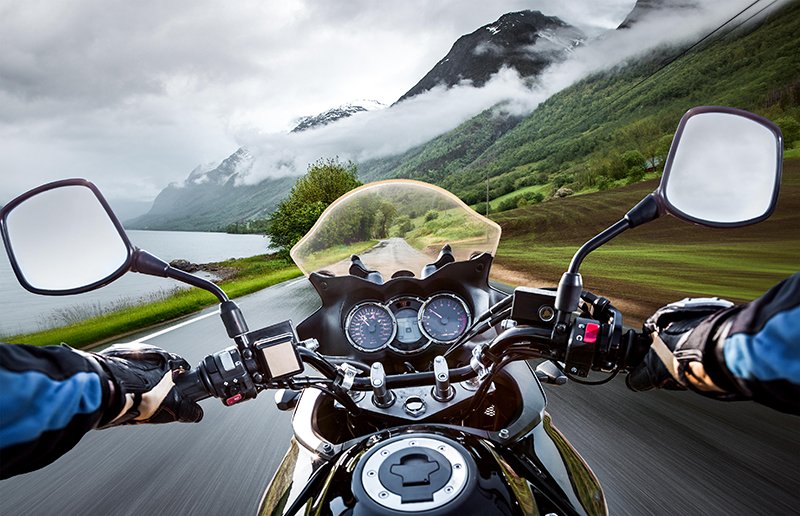
But as any experienced motorcyclist recognises there is no jacket, pant, glove or boot that will work in all conditions. Everybody wants the outfit that does everything. Sadly it does not exist. If it did I’d currently be lying on a beach in Guadeloupe rather than sweating my nuts off in an aluminium trailer in Guildford! But the real problem is that the gear that we have acquired to protect us in inclement conditions can become a liability when the temperatures start to rise. And getting too hot is not only uncomfortable; it can be just as much an impediment to riding safely as getting too cold.
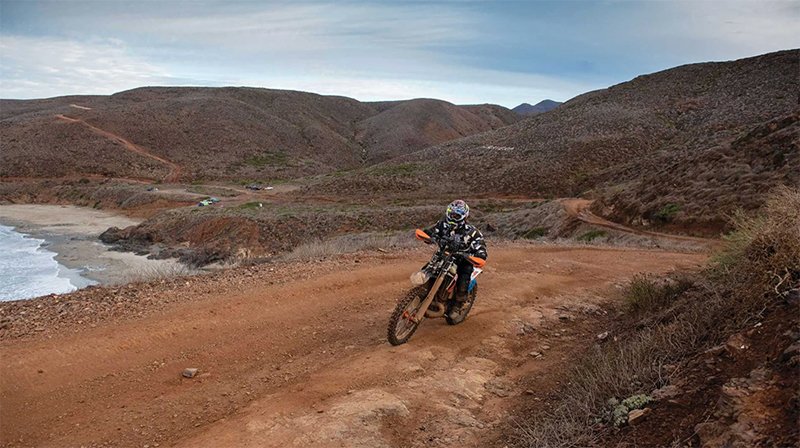
Many years ago, I rode the Baja 1000, not as a competitor, but as a tourist. One day, I decided to go full on Steve McQueen in my Barbour International. It was hot, very hot, and the going was tough. What I didn’t realise was how dehydrated I was becoming. I started dropping the bike more often than is usual, even for me. Eventually, I reached a position where, if there was a tree or a rock 20 metres off the track, I would veer off and drive straight into it. I was becoming delirious. Luckily the guides realised what was going on. A change of clothing, a load of water and some electrolytes, and I was good to go once more. Now these conditions were quite extreme, as were my symptoms, but the fact is that whenever we overheat and start to lose body fluids, we ride less safely.
Overheating, therefore, is something to be avoided. The question, therefore, has to be what can we do about it?
When it’s hot, the last thing we want to be wearing is anything with a membrane. A laminated membrane may vent better than a drop-liner membrane, but any membrane is going to impede our ability to sweat, and sweating is the body’s natural way of cooling itself down. When we sweat the moisture that comes to the surface of the skin turns into a vapour. This exchange from a gaseous state into a vaporous requires energy, and the creation of this energy draws heat from the body. This is how sweating cools us down.
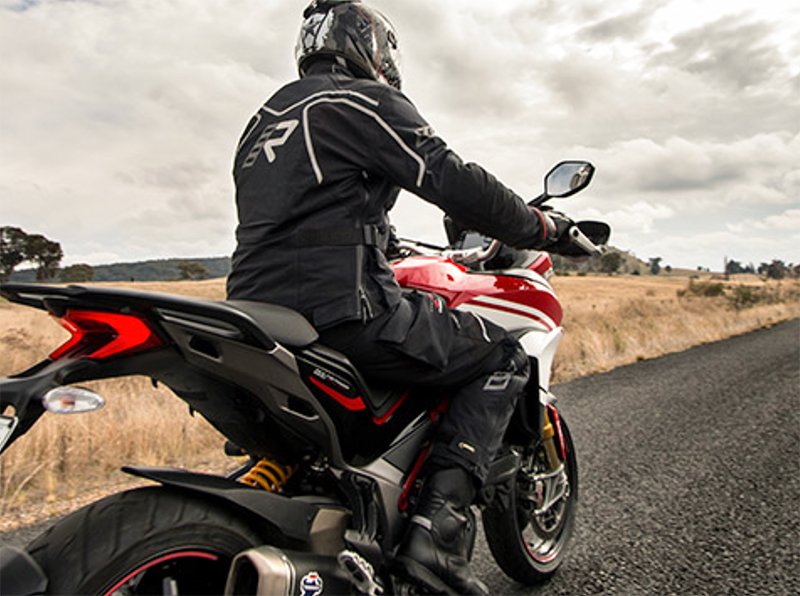
But the essential component is that the vapour must be able to escape. If it cannot, then it stays in its liquid form. We just get wetter and wetter, and we don’t cool down. The problem, therefore, is that if you’re wearing anything with a waterproof membrane the rate at which sweat in its vaporous form can escape is impaired.
Simply put, you cannot stay cool in hot conditions if you are wearing anything with a waterproof membrane. Of course, the other problem with a membrane is that, because a waterproof membrane is a windproof membrane, it will also prevent any oncoming cooler air from reaching the body. You might think that this doesn’t apply to you because your jacket has vents. But even if you have the most vented, laminated jacket from somebody like Klim, you’ll only be mitigating the problem. And that problem is the presence of a membrane in the first place.
The bottom line is that if you’re somewhere hot, or if you’re working up a bit of a sweat off the beaten track, leave your waterproof gear at home. End of!
Unfortunately, a leather jacket won’t be much better. Of course, there are lots of different types of leather jacket. Jackets without a mesh lining will be be better than fully lined leather jackets. A lightweight kangaroo or goatskin jacket may be cooler than a thick cowhide jacket. A jacket with perforated panels may flow air a little bit better than a jacket without, but none of these will overcome the basic weakness of leather. And that it does not breathe very well.
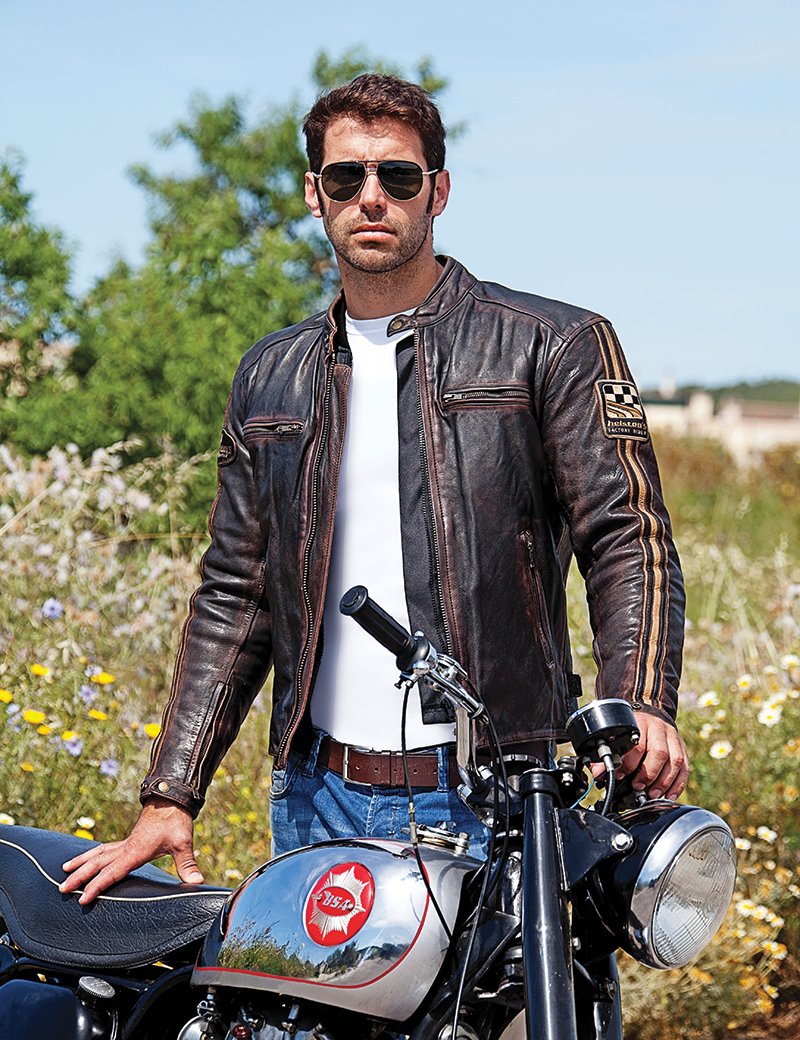
Imagine yourself on a blistering summer’s day, setting off to walk the South Downs Way or some other similar rural byway. You wouldn’t think of doing it in a leather jacket. And that’s because you would know that you’d overheat. Things are no different on a bike. If it’s hot, you will not be able to sweat effectively if you’re riding in a leather jacket.
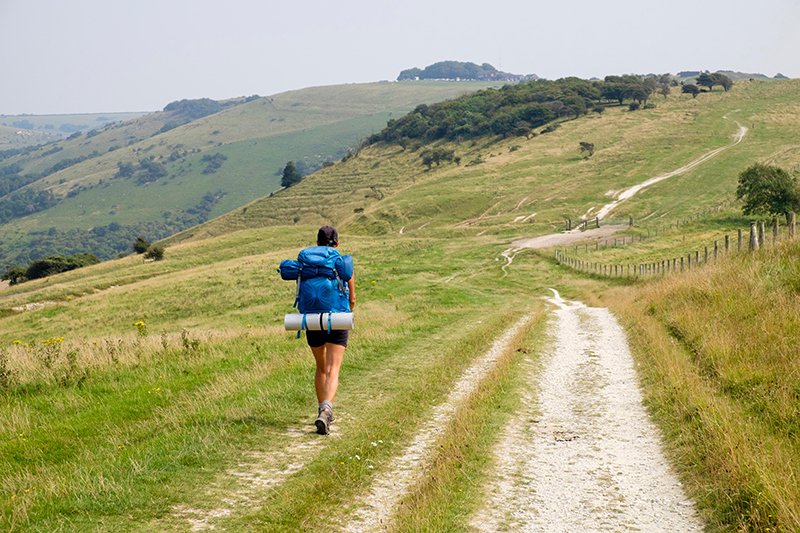
Staying cool is all about breathability. You need to be wearing clothing that breathes for the reasons we have already spoken about. Your sweat can then pass through the garment into the outside atmosphere. By the same token, cooling oncoming air can reach the body from the outside. As ever, it is the core that is most important. When it’s hot we need to keep our core as cool as we can. When we do this, the entire body stands a better chance of staying cool.
Any jacket that doesn’t have a waterproof lining will work okay in warm weather. And this includes those well-vented, adventure jackets with loads of vent zips and removable waterproof inners.
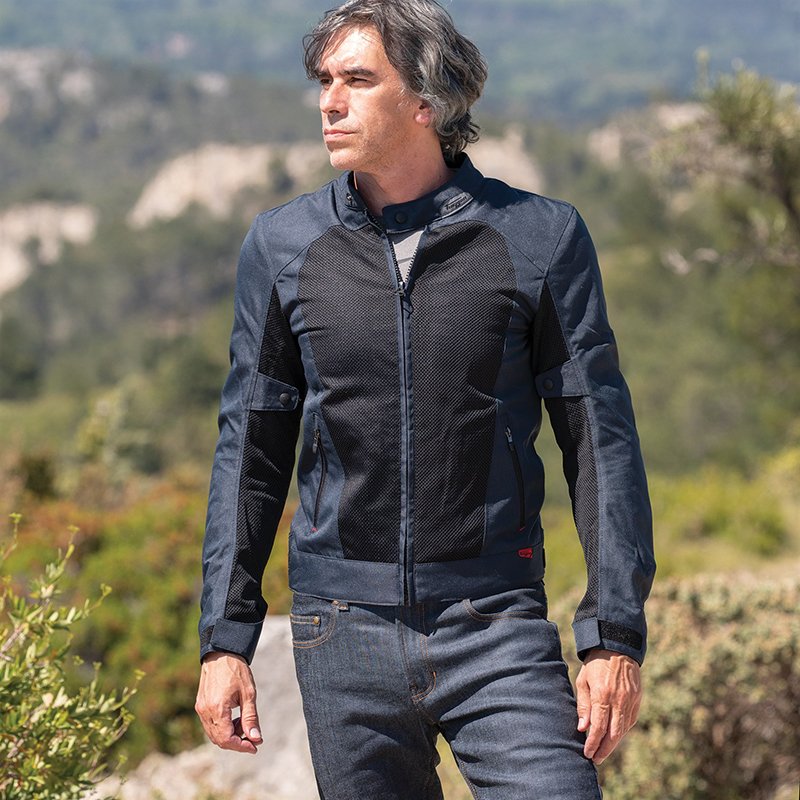
The best thing you can wear when it’s really hot, however, is a mesh jacket of some description. These, obviously, are ten a penny, and often cost not a lot more! The issue is that most of the mesh jackets out there aren’t particularly robust. If you’re spending £150/£200 on such a jacket you shouldn’t expect the highest levels of protection; because frankly you won’t get them. These jackets may flow the air, but they are usually not designed to do a whole lot more. They are not up to the job when it comes to higher speed riding.
There are some exceptions, of course. There’s the Rukka Forsair. There’s nothing out there that flows more air. Its knitted, Cordura construction flows twice as much air as a woven garment, and it flows it through every single panel.
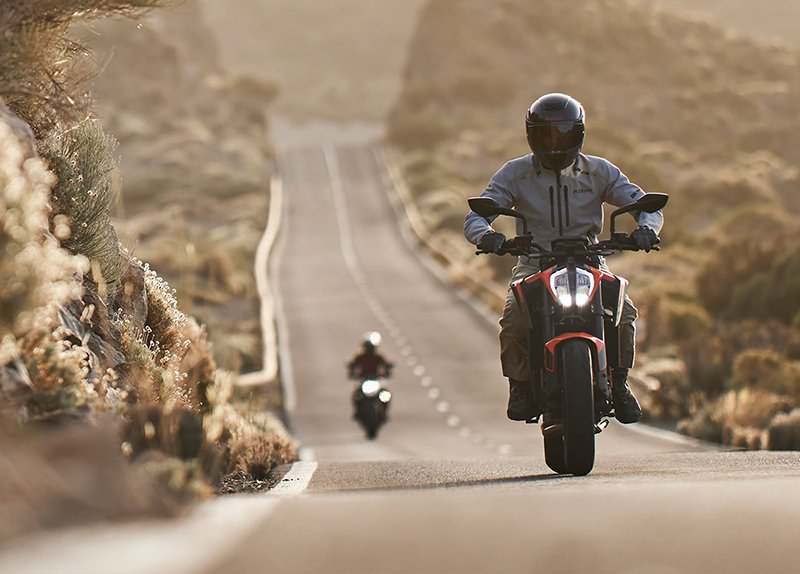
But our favourite air-flow jacket is probably the Klim Marrakesh. Its chassis is made from a 1000 denier Cordura that is woven with Elastane. It makes for what is undoubtedly the most comfortable, AA-rated motorcycle jacket that money can buy. And, like the Forsair, it flows air through every single panel. In the margin, we would probably concede that the Rukka flows more air, but the Rukka doesn’t look as good, and it’s nowhere near as nice to wear. It’s also not as protective.
The problem, of course, with any high-airflow jacket is that it will be less effective when the temperature drops. But, for us, that’s not a problem; you just layer up accordingly. In fact, these days this is our preferred way of riding. An airflow jacket when it’s hot, a windproof inner and something like a downproof jacket when the temperature drops. An external waterproof when it rains. In our book, this is the way to go. It’s the only way to make sure you are properly equipped for whatever conditions you find yourself in.
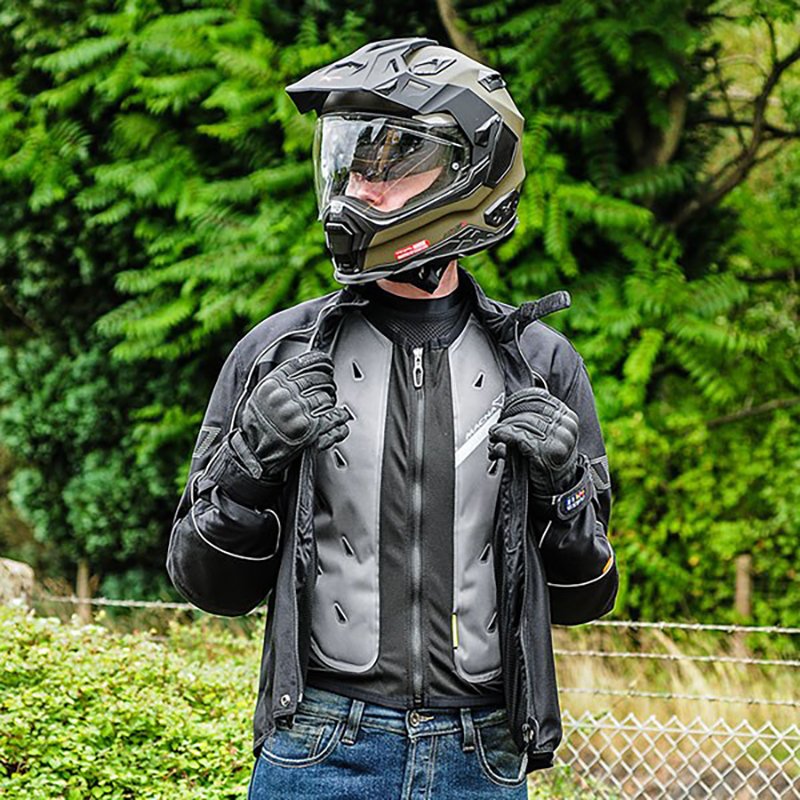
Now one thing that one has to accept is that what you wear can only have so much of a bearing on how hot you feel. If the temperatures are way up in the thirties, however fast you’re riding you’re going to be hot. And in these conditions, the only way to cool down is to wear what is called a ‘cooling vest’. This is a vest that you fill with water. As it heats up it uses evaporative cooling to pull heat out of the body. It kind of accelerates the natural sweating process. A vest like this can make a huge difference when you’re in 35 degree plus heat. Rarely would a cooling vest be appropriate in the UK, although we read that these kinds of temperatures are going to become more prevalent over here. But if you find yourself somewhere that’s hotter than hell, a cooling vest is what you need.
Again nothing with a membrane. Nothing made from leather. And clearly nothing with any kind of thermal lining. And so that counts out Kevlar-lined jeans. Now Kevlar jeans come in all shapes and sizes. Depending on the percentage cover of Kevlar inside the jean, some are very protective, although others are not. But what all Kevlar-style jeans have in common is that are lined to one degree or another. And this is not what you want to be wearing when it’s really warm out there. Some people assume that Kevlar jeans are cool to wear in hot conditions because there’s no membrane but, with their heavy-duty linings, by and large this is not the case.
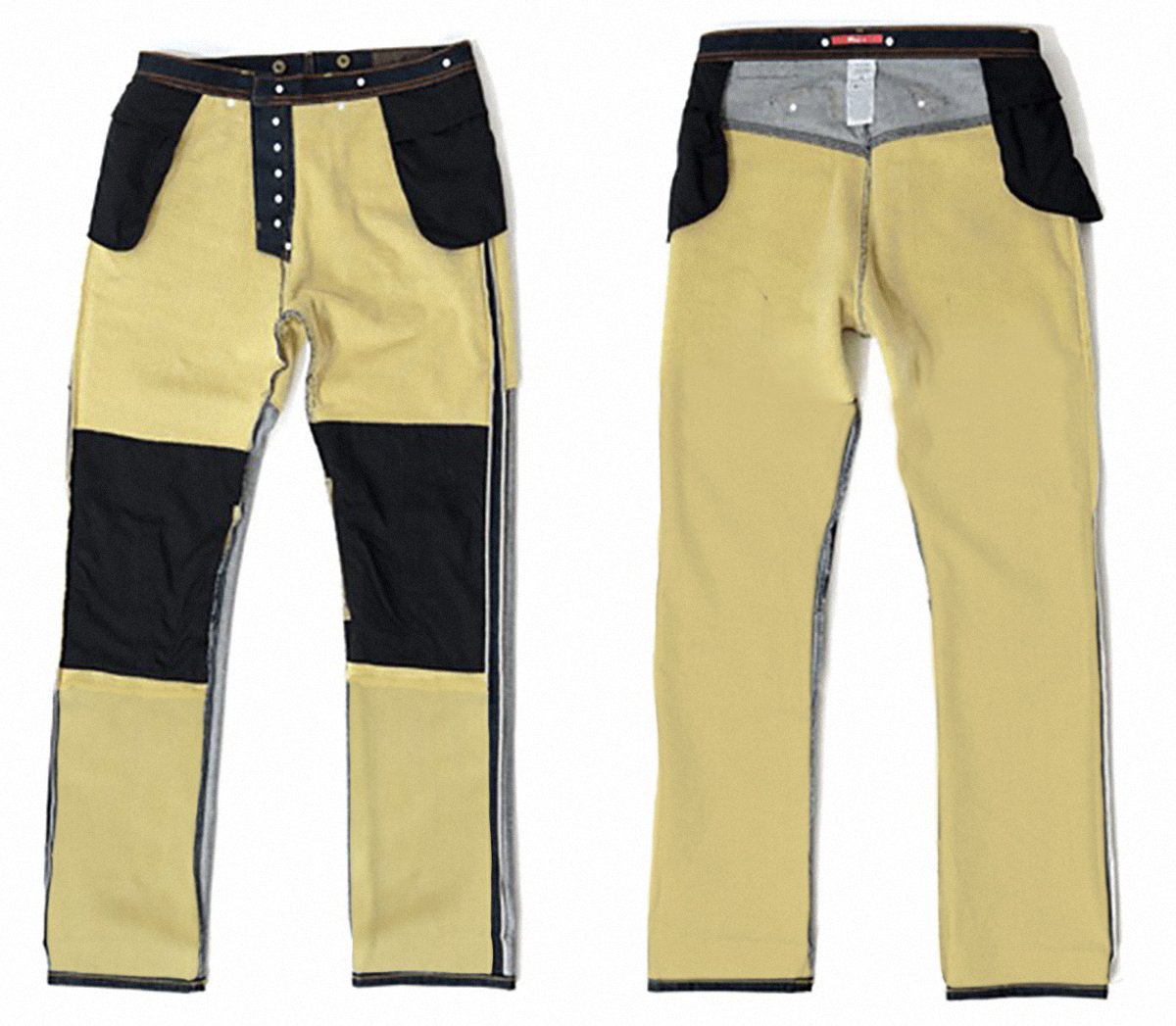
For us, the solution is what is known as a single-layer jean. Now a single-layer jean does not have a lining. It achieves its strength by having the cotton woven with a much stronger fibre of some description. At the lower end of the market this might be something like Cordura. At the higher level the cotton will be wrapped around what is known as a UHMWPE. And jeans made in this way can be way stronger than leather. But the beauty of a single-layer jean is that it will flow air through the fabric like a pair of Levi’s. They are incredibly cool to ride in, as well as incredibly comfortable to walk around in off the bike.
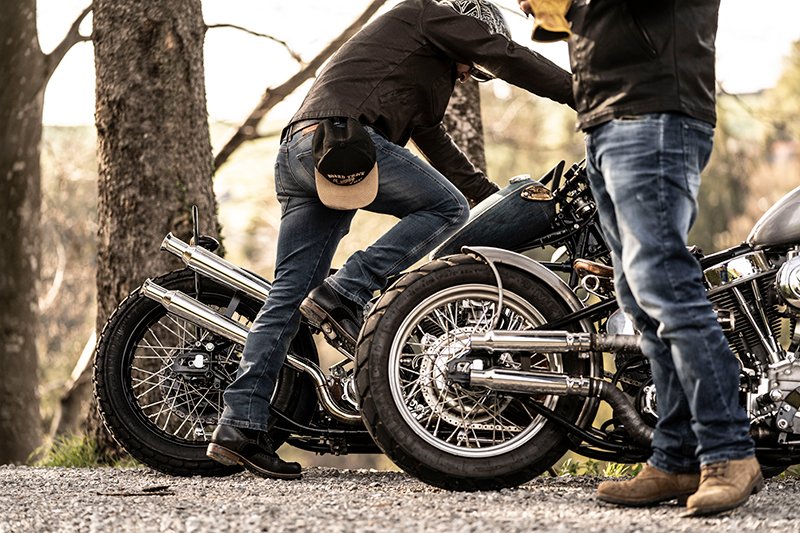
Our favourite single-layer jeans are made by the Swiss company Rokker, but people like Dainese, Spidi, PMJ, Belstaff and others also offer them. There are mesh trousers that will do the same job. And some of these may flow even more air than a pair of jeans, but we would contend that mesh pants can look a bit strange off the bike. A mesh pant, though, may be just the ticket if you’re riding off-road.
You can also, of course, wear any kind of lightweight Nylon or cotton motorcycle trouser that does not have a membrane, but the problem is that, sometimes, these lightweight riding trousers won’t offer much by way of abrasion resistance if you ride at speed on the road.
The starting point, perhaps, is base layers. A good base layer will help wick sweat away from the body and, as we have discussed, that’s an important part of staying cool. In hot weather you need lightweight Merino; something around 150 gsm. or less. Or something synthetic. Ideally, nothing in cotton because the long-yarn fibres in cotton absorb moisture, and this prevents wicking.
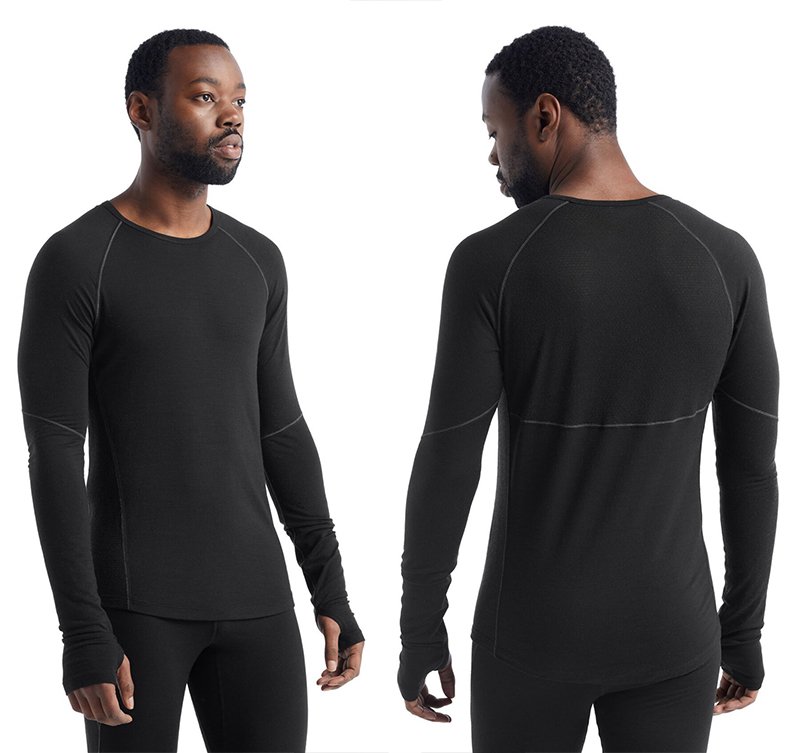
When it comes to gloves, once again it’s a membrane you need to steer clear of. In our world, any glove without a membrane is what we term a summer glove; and this is what you will need. These gloves, again, come in all shapes and sizes. Some are leather; some are textile. Some are perforated. Some have vents. Some like the Held Desert gloves or the Stadler Vent gloves are really protective; some are less so.
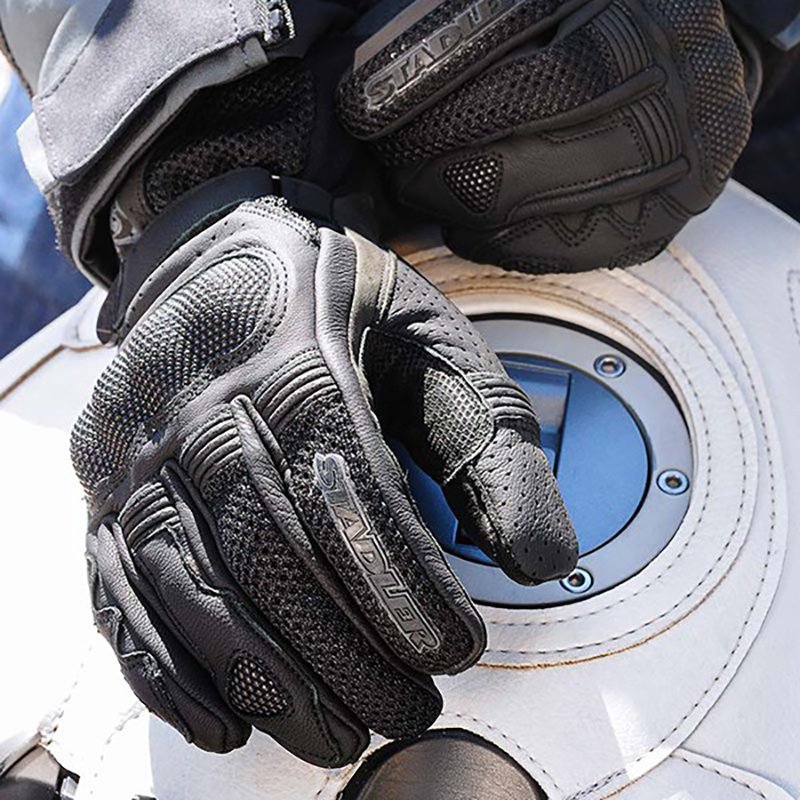
As far as boots are concerned, the first thing perhaps is to look at a short boot. A short boot gives something away in terms of protection to a taller touring boot, even more perhaps to an off-road boot. But a shorter boot will be cooler to wear and, although not germain to the matter in hand, easier to walk around in.
The problem is that very, very few motorcycle boots brought into the UK by the various distributors ‘don’t’ have a membrane. Historically, such boots were considered virtually unsaleable in this market, but with more people travelling to hotter climes, and with more people determined to stay away from the wet stuff, non-waterproof boots are becoming a bit more prevalent. Even so, very, very few tall boots are not equipped with a membrane.
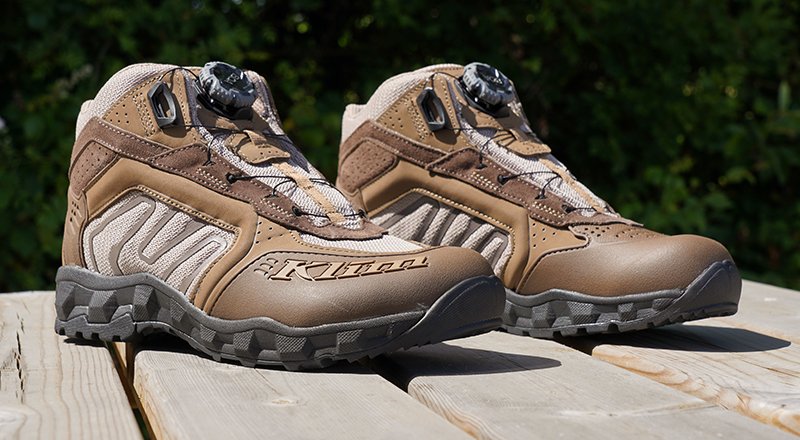
Our favourite non-waterproof boot is, once again, from Klim. It’s called the Ridgeline. It fastens by means of a BOA lacing system, and although every seller says the same thing about almost every boot, this really is one you’d be happy to walk around in all day.
I suppose the last bit of kit that we should talk about is the helmet.
The obvious solution is an open-face helmet. But, in our opinion, open face helmets are only for gentle pootling. And that’s because they offer absolutely no protection for your chin. When you have an accident, you have absolutely no control over what is going to happen and how and where you will land. You are, in every sense, a passenger. If you land on your face, you can lose your chin. It is that simple. And that means, huge amounts of pain, potentially lots of hospital time, plastic surgery, skin grafts and the like. We don’t set out to frighten people, but this is the reality of an open-face helmet. And don’t think that an open-face with a full height visor is going to provide much in the way of extra protection. It won’t.
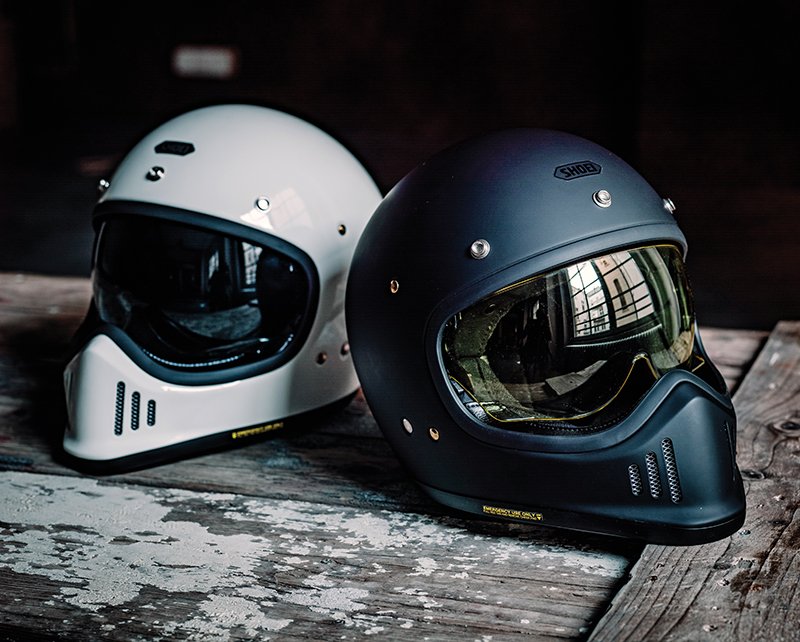
Which is why we like helmets like the Shoei Ex-Zero. These helmets look like off-road helmets from the eighties, but they are actually designed specifically for the road. The beauty of them is that they have a huge aperture so that the airflow is almost as good as you get with an open-face helmet. You can wear goggles if you want near-total protection from the elements, but with this type of helmet if you hit the deck you get to keep your chin. Of course, take the visor off any adventure helmet and you will have something similar.
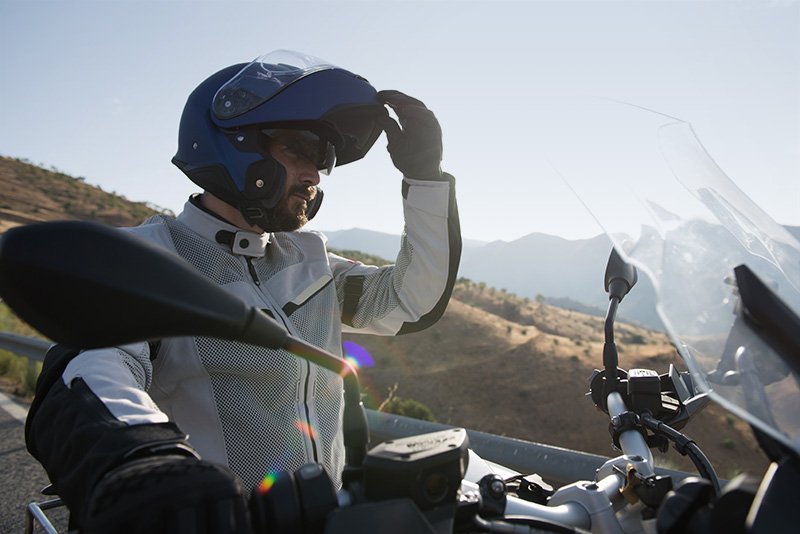
The other type of helmet that can work well in hot conditions is a flip-lid helmet. Now, these days, most flip-helmets can legally be worn in the open or closed configurations. We’re not really suggesting that you ride at any speed with the chin bar up. But raising it when you’re in town, or have slowed down to drive through a village, is probably a justifiable risk, and will definitely serve to cool you down.
The weather is never the issue, as they say. The problem is only ever inappropriate clothing.
We spend a lot of time here in the UK complaining about the wet and the cold. And justifiably perhaps. And this is why we tend to buy gear that will keep us warm and dry. But it doesn’t rain every day, and many of us will choose not to go out on the bike when it is too wet or too cold. Yet we expect this gear to be appropriate in hot weather too.
Unfortunately, it doesn’t work like that. When it gets really hot, you really need a totally different style of riding gear. Or at least you do if you want to be comfortable on the bike and ride safely.
When it’s hot, breathability is the key consideration. If you can sweat effectively, and if the oncoming air can reach the body to cool you down, that’s about as much as you can do.
Share this story
































































